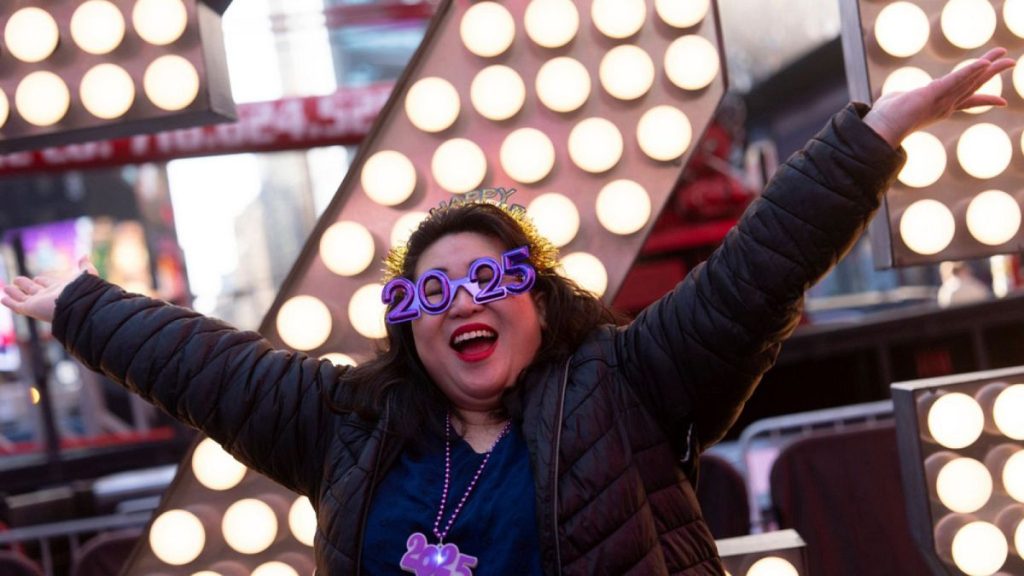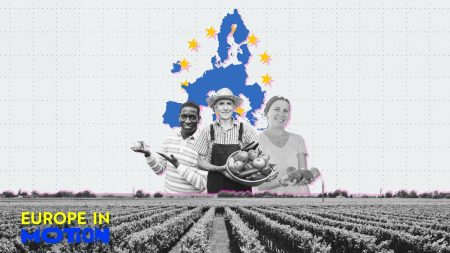New Year’s Eve celebrations across Europe are a vibrant tapestry of unique traditions, each reflecting the distinct cultural heritage of its country. From the Iberian Peninsula to the heart of Central Europe, families and friends gather to bid farewell to the old year and welcome the new with a blend of time-honored customs and modern revelry. Food plays a central role, with symbolic dishes carrying wishes for prosperity, luck, and good health in the coming year. These culinary traditions range from Spain’s twelve grapes, representing each stroke of midnight, to Italy’s lentil and cotechino feast, symbolizing abundance and prosperity, and Hungary’s lentil soup and avoidance of chicken, meant to attract wealth and avoid scratching away good fortune. The common thread is a shared hope for a positive and prosperous future.
The concept of attracting good fortune is further emphasized by various symbolic acts and attire. The color red, associated with luck and passion, features prominently in several countries. In Italy and Spain, red underwear is donned to usher in a year of good fortune. In Portugal, blue underwear serves the same purpose. Beyond attire, physical actions also play a role. In Greece and Cyprus, families smash pomegranates on their doorsteps at midnight, symbolizing a blessing for the home and the promise of health and happiness. In Portugal, the boisterous banging of pots and pans is believed to drive away negative energies from the past year.
Family and togetherness are central to New Year’s Eve celebrations across Europe. Whether gathering for elaborate dinners with gourmet delicacies in France, enjoying intimate home celebrations in Ireland, or participating in large public gatherings, the emphasis is on sharing the moment with loved ones. This sense of community extends beyond individual households, with public displays of fireworks illuminating the night sky in many cities, creating a shared spectacle of light and sound. From the iconic Eiffel Tower in Paris to the skies above Budapest, these displays offer a collective moment of awe and celebration.
Divination and predictions for the future also feature in some New Year’s traditions. In Germany, the once-popular practice of “bleigießen,” or lead casting, involved pouring molten lead into water and interpreting the resulting shape to foretell the coming year’s events. While now illegal due to health concerns, this tradition reflects a human fascination with glimpsing into the future. In Greece and Cyprus, the cutting of the vasilopita, a New Year’s cake containing a hidden coin, brings luck to the recipient who finds it in their slice. These practices add an element of playful anticipation and excitement to the festivities.
While many traditions are shared across borders, unique cultural nuances add distinct character to each country’s celebration. In Spain, the tradition of eating twelve grapes at midnight, coupled with the optional practice of crouching under the dining table for those seeking love, adds a whimsical touch. In Germany, the viewing of the British comedy sketch “Dinner for One” has become a quirky, yet beloved, tradition. These unique practices highlight the diversity of European cultures while underscoring the shared human desire to celebrate new beginnings.
The dawn of the new year is met with varied approaches. In Poland, New Year’s Day is often a time for quiet reflection and the making of resolutions for self-improvement. In Spain, lentils are consumed to ensure abundance and prosperity in the coming year. Across Europe, the spirit of renewal and hope permeates the air, as individuals and communities alike embrace the opportunity for a fresh start. Whether marked by raucous celebrations or quiet contemplation, the arrival of the new year is a universal moment of reflection and anticipation.














